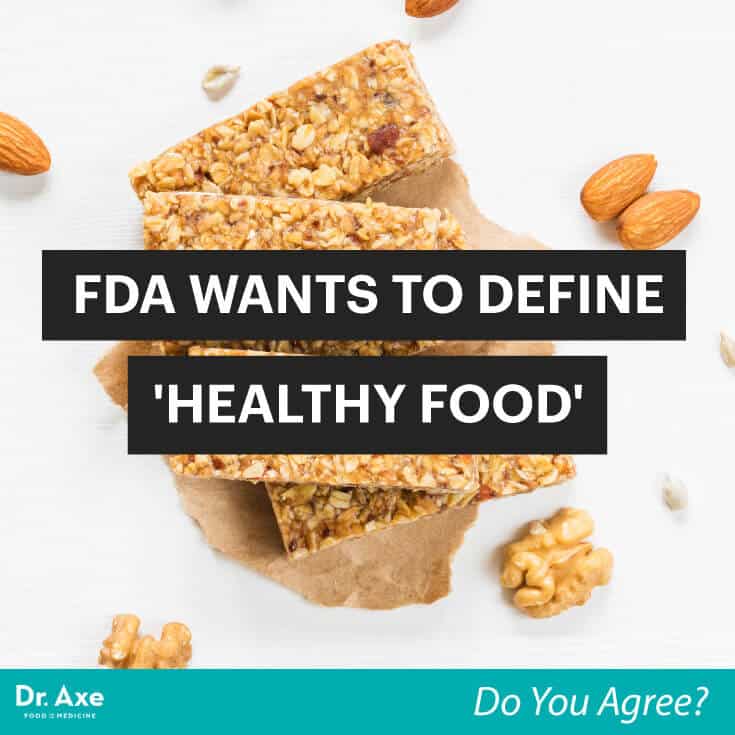This Dr. Axe content is medically reviewed or fact checked to ensure factually accurate information.
With strict editorial sourcing guidelines, we only link to academic research institutions, reputable media sites and, when research is available, medically peer-reviewed studies. Note that the numbers in parentheses (1, 2, etc.) are clickable links to these studies.
The information in our articles is NOT intended to replace a one-on-one relationship with a qualified health care professional and is not intended as medical advice.
This article is based on scientific evidence, written by experts and fact checked by our trained editorial staff. Note that the numbers in parentheses (1, 2, etc.) are clickable links to medically peer-reviewed studies.
Our team includes licensed nutritionists and dietitians, certified health education specialists, as well as certified strength and conditioning specialists, personal trainers and corrective exercise specialists. Our team aims to be not only thorough with its research, but also objective and unbiased.
The information in our articles is NOT intended to replace a one-on-one relationship with a qualified health care professional and is not intended as medical advice.
Should the FDA Regulate Healthy Food?
June 20, 2017

After years of vilifying fat, the U.S. Food and Drug Administration is looking to change up its definition of “healthy food.” To regulate healthy food currently, the FDA looks at total fat content. When it comes to “healthy” snacks, a food must contain just 3 grams of fat or less per serving. (1)
The problem? That excludes many healing foods like healthy fats and nuts while allowing low-fat foods loaded with toxic sugar to bear the “healthy” label. That’s super confusing for consumers trying to make smarter decisions at the grocery store. After all, healthy fats and nuts contain a host of nutrients that battle heart disease and diabetes while boosting brain function, immunity and weight loss.
Now, the FDA says it’s going to re-evaluate the criteria outlining which products can use “healthy” on snacks and other foods. The announcement comes after Kind LLC, the makers of Kind Bars, petitioned the FDA after receiving a warning letter for using the word “healthy” on its packaging. (Kind Bars rely on nutrition-rich almonds, a healthy fat, for most of their bars.)
The FDA eventually allowed the healthy term to appear on the company’s packaging. When it comes to other “healthy” claim rules, the FDA is seeking input from food experts and the public, so it’ll probably take about a year until new rules are released. (2)
Regulate Healthy Food? Here’s the Truth About Fat
The FDA started regulating the use of “healthy” on snack foods in the 1990s in the midst of the low-fat craze. During this time, many ill-advised nutritionists, the government and food companies pushed products low or free of fat (and high in added sugars). We now know this type of processed, fat-deficient, high-sugar diet can actually lead to heart disease and metabolic diseases like type 2 diabetes.
Other serious low-fat diet risks include poor brain function, hormone imbalances, weight gain, and even a higher risk of anxiety and depression. Considering this, the government’s attempt to regulate healthy food has been a bit of a disaster.
Low-fat recommendations over the decades contributed to devastating health outcomes. Today, 66 percent of Americans are overweight or obese, and we’re one of the fattest countries on the planet. (3)
The government has a long track record backing harmful foods. It took decades for FDA to take a stand against heart attack-triggering trans fats, and it still refuses to force food companies to label GMOs, even though they’ve been linked to allergies and even cancer.
There are some fat-related concerns over the government’s 2015–2020 Dietary Guidelines for Americans, too. While federal guidelines finally advise against consuming trans fats, it’s still recommending fat-free or low-fat dairy, despite mounting evidence it’s not better for us. A 2016 study published in Circulation looked at more than 3,300 people and found that people with the highest evidence of eating of full-dairy products enjoyed a 46 percent lower risk of developing type 2 diabetes compared to people who ate lower-fat dairy. (4)
Final Thoughts on the FDA’s Move to Regulate Health Foods
While it’s good the FDA is looking to update its current requirements for a snack food to contain “healthy” messaging on labels, this could be a case of too little too late. For decades, government recommendations focused on eliminating fats, which led Americans to adopt diets high in processed grains and added sugars. Today, we’re one of the most obese countries in the world.
Our bodies need healthy fat sources, especially fat from healthy sources like nuts and coconuts. To be smart about fats, eliminate the worst ones first: processed, hydrogenated oils. Then, focus on eating moderate amounts of healthy fats found in avocados, butter and ghee from grass-fed cows, coconut oil, and omega-3 fatty acid-rich sources like wild-caught Alaskan salmon, sardines and anchovies.
Read Next: The 5 Best Healthy Fats for Your Body


